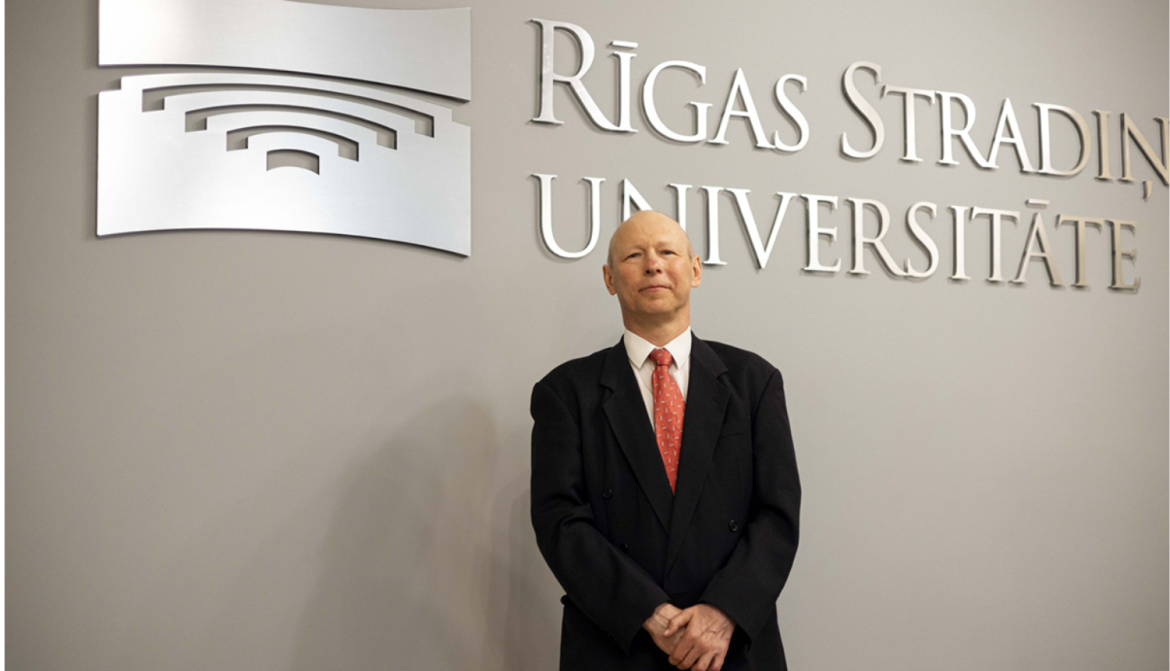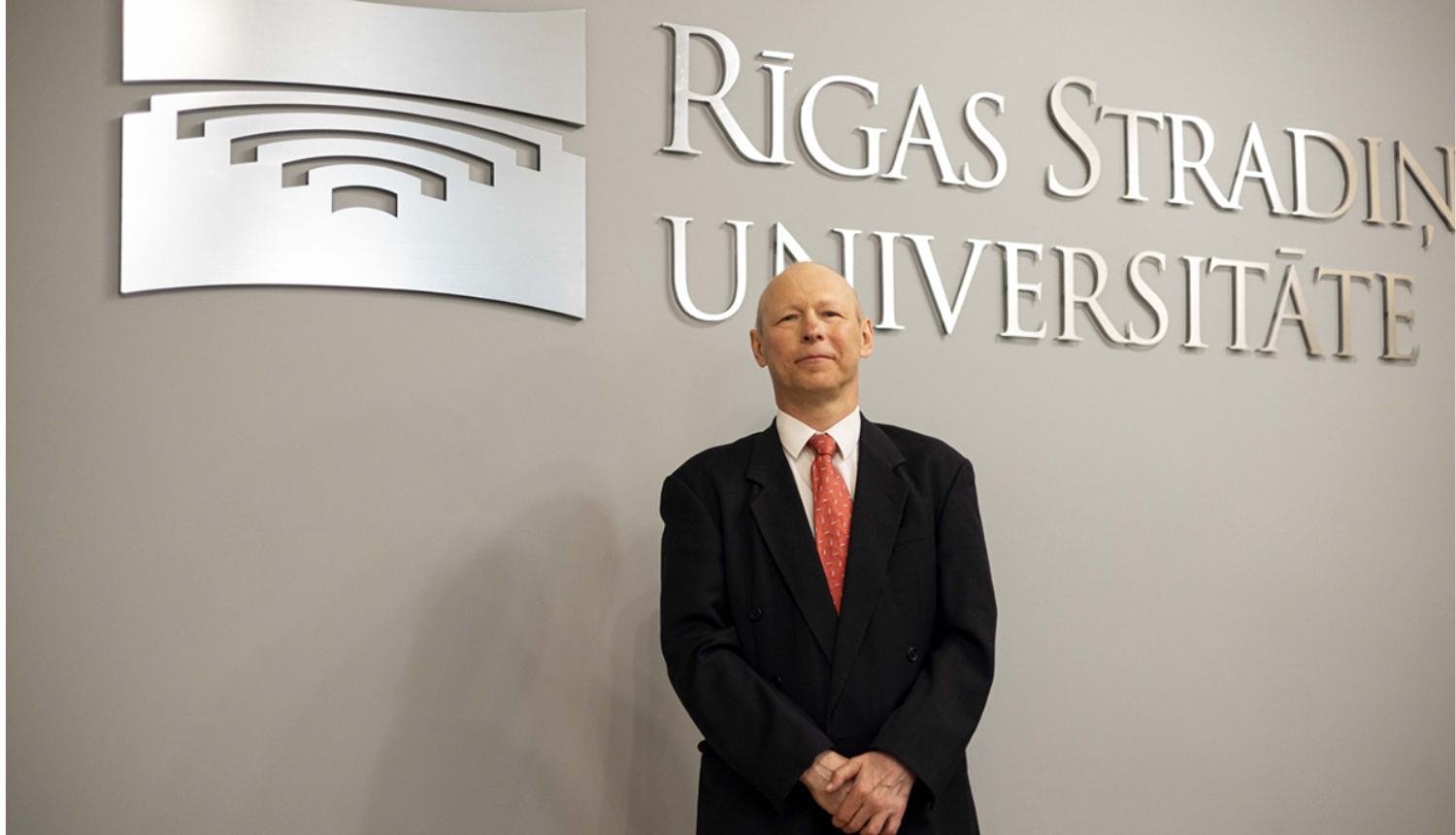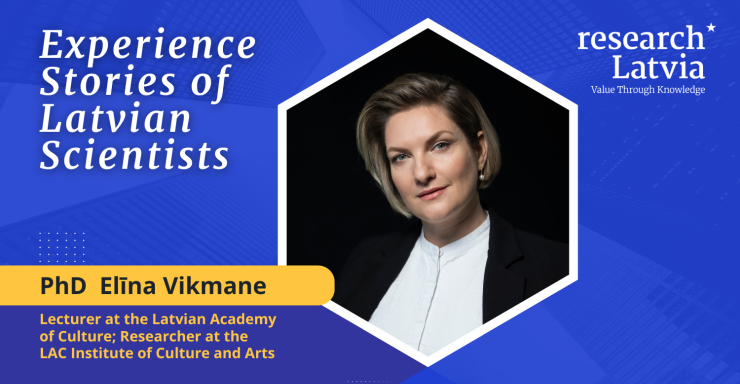An interview from the Riga Stradiņš University (RSU) series on tenure-track professors. We speak with Egils Stalidzāns, a native of Riga, who recently joined RSU Bioinformatics Group as a tenure-track professor and is the leader of the Computational Systems Biology Team.

How did you become a scientist?
It all started with beekeeping. To the great surprise of both my parents and me, at the age of 15, despite being more of a technical-minded person, I became interested in bees that had been brought home after my mother began studying beekeeping. This was at our garden house in Saulkrasti. At the time, there were numerous new possibilities for beekeeping products, including royal jelly, pollen, and bee venom. Interesting people gathered at the beekeeping courses my mother completed - and later I did too - and likely because of them, I took to bees. There was a time when I thought this would be my lifelong path, as I both enjoyed it and excelled at it.
In 1992, at the beekeeping experimental station in Ogresgals, I was given the opportunity to work on artificial insemination of queen bees. I was thrilled and honoured, and I dove deeper into the field, realising that I had a knack for it.
I was only 22 at the time. Yes, back then, I got the bug. Then came some twists in life—around 1993, a crisis arose, and there was not enough funding for science. In scientific institutions, for example, radiators froze and burst because heating couldn’t be paid for. So I ended up in business. I knew I couldn’t survive in science, but business took a heavy toll on my nerves. Eventually, due to health issues, I had to ask myself what I really wanted to achieve in life. I realised I wanted to try returning to science.
By then, I had completed a master’s degree at Riga Technical University in the Faculty of Automation and Computer Engineering -I was an engineer, but my master’s thesis was on bees.
I also defended my doctoral thesis on control algorithms that operate within a bee colony during winter. It was aligned with cybernetics theory, which states that control principles are similar across technical systems, biological systems, and society. My path then led me to the Latvian University of Agriculture (now the Latvia University of Life Sciences and Technologies), where combining bees and computers was both critical and interesting.
It was in 2005 that I learned about systems biology, and I’ve been working in this field ever since -it continues to fascinate me. The primary motivation is the desire to understand how complex systems function.
After the agricultural university, I spent over 10 years at the University of Latvia’s Institute of Microbiology and Biotechnology. Medical topics have always interested me because it’s clear that health issues are something a country cannot ignore- unlike science, which can be underfunded or deprioritised. This has brought me to my fourth scientific university, and I’m still in the same country. At RSU, I see excellent prospects, and my knowledge is truly in demand and can be well applied here.
Your field of research is systems biology. What is that?
Systems biology is the science of how the interactions between elements of a system give rise to system-wide behaviour that cannot be explained solely by the actions of individual parts. That sounds complex. Our research focuses on cells. These cells contain various biomolecules, each with a specific function. If we know how many there are and how they interact, systems biology models can give us a picture of what happens when everything functions as scientists expect.
Computers can simulate these interactions in parallel, with about 10,000 rules working simultaneously and billions of molecules involved, all within a single cell. Naturally, humans can’t fully imagine this in their heads. While we know a great deal about cellular processes, there’s still much that remains unknown.
The benefit of mathematical modelling is that it shows us what’s impossible. For instance, based on the law of energy conservation, modelling can tell us that if something lacks the required energy, it simply can’t happen. If a scientist hypothesised it could, the model might say: “No, it won’t!” Then we explore whether the idea was flawed, if there was a calculation error, or if something was missing in the model. We then refine the model - or the scientist updates their assumptions. This is how we move through the unknown.
You can compare it to a country. A cell and a country: a cell has molecules; a country has people. There are “tool molecules” that perform functions and raw materials that things are made from. But even with tools, you need someone to operate them, and energy to power it all. In national terms, some countries can achieve certain things because they have the resources and the people who know how to utilise them. We can study what these countries - or cells - can’t do due to a lack of conditions or time. Change doesn’t happen instantly—in cells or countries.
Sometimes our minds are filled with naïve ideas that seem bound to work. For example, you might think: “If you give someone a book, they’ll read it.” That’s what books are for. But in real life, many obstacles can prevent that—maybe the person is hungry, doesn’t have glasses, can’t read, or isn’t interested at all.
Therefore, the assumption that if we provide cells with a substance, they’ll use it in the way we expect doesn’t always hold. When it does, it leads to a publication, therapy, or a successful manipulation. But in most cases, there is no response from the cell—or from journals.
Isn’t that discouraging, so rarely getting the desired results?
No, it’s exciting because we have to understand why the idea didn’t work. The reasons can vary. Maybe it’s simply not the right time, just like reading a book isn’t right for a person at a particular moment. Perhaps it’ll work later?
In our environment, many things seem intuitive simply because we live in it- it’s our world, our scale. Imagine aliens studying us and discovering that humans enjoy coffee. But without knowing how much or in what form, they might feed us raw green beans and end up killing us. Does it matter- 1 mg might go unnoticed, 200 kg could be fatal. So yes, coffee can bring joy—but only in the correct dose, form, and timing.
What’s obvious to us may be unclear to someone who doesn’t know the context. It’s the same when diving into cellular biology - numbers matter. We may need to know the exact dose and method to achieve a result. Even a seemingly harmless manipulation could destroy a cell. That’s why mathematical modelling helps- our intuition doesn’t stretch to molecular-scale quantities. Mine certainly doesn’t. For example, how much can a cell tolerate?
It’s endlessly fascinating. In any case, we are just tools. Modelling can be applied in many areas where cells are involved. To secure funding for developing such tools, we must work internationally and across disciplines. That’s great and makes the work far more exciting. We bring our modelling expertise, and biologists or doctors, like tour guides, lead us into their fields. Within a year, we can become familiar—not enough to treat patients—but to understand the leading players, the problems, the key molecules and their interactions. Experiments are conducted, and the results are then inserted into models to facilitate better interpretation.
Recently, we conducted a small-scale study examining how metformin, a medication, is transported from plasma into red blood cells. We knew the concentrations in both places, and it turned out that metformin diffuses through the membrane. Nothing more complex. We were thrilled when this hypothesis was confirmed by fitting the experimental data into the model.
What will your computational systems biology team focus on?
There are now four of us, and we’re expecting new team members -people with the right skills, knowledge, and interest. Our research focus and methods remain the same, as we've always worked with cells, and we already have experience in medical research. We're not starting from scratch. Now the research base is RSU and medicine.
In the past decade, a significant amount of data has been collected on gene expression in various cells—how many and which genes are transcribed into RNA - and from that, we can infer the likely amounts of specific proteins. We can then study how cells perform their tasks - maintaining themselves and functioning—how they interact, and most importantly, how they change states: how healthy cells differ from diseased ones and how diseased cells respond to therapy. That’s where systems biology comes in.
Is your work mostly computational, or do you also work directly with experts in other fields?
It’s essential for us to understand what doctors are trying to convey to us, and for them to understand what we absolutely can’t do. Sometimes, a model doesn’t work based on the available data. If the model produces perfect results right away, something’s probably wrong- it might mean something was missed, and everything has to be rechecked.
Collaboration with scientists from other fields intensifies when things don’t work- that’s when we dig deeper, and that’s when collaboration becomes exciting.
When I first began researching nail fungus, I was as knowledgeable as a first-year medical student, despite being a PhD with publications. You feel like a complete fool, asking seemingly obvious questions. Luckily, I’m not bothered by that. I believe: if you have a guide- ask questions! There are no stupid questions -only foolish people who don’t ask. There can be thousands of questions, and you might get stuck without answers - that’s why a bigger team is essential. I get excited when I learn something new, even if everyone else in their field already knows it. To me, that’s growth.
Healthy scepticism is essential in modelling- you can’t encode all human knowledge into a model. But there’s a saying in modelling: “It’s better to be almost right than exactly wrong.” A good mathematical model helps avoid major mistakes.
What else excites and inspires you? How do you unwind from science?
I enjoy silence, for example, going to the sea in November for several days when no one is there. Just the sea and silence. That’s the best way for me to recharge and dive back into work.


